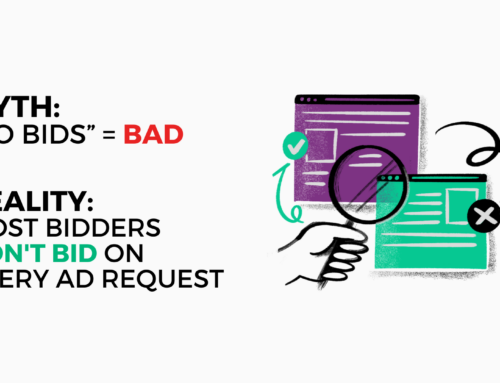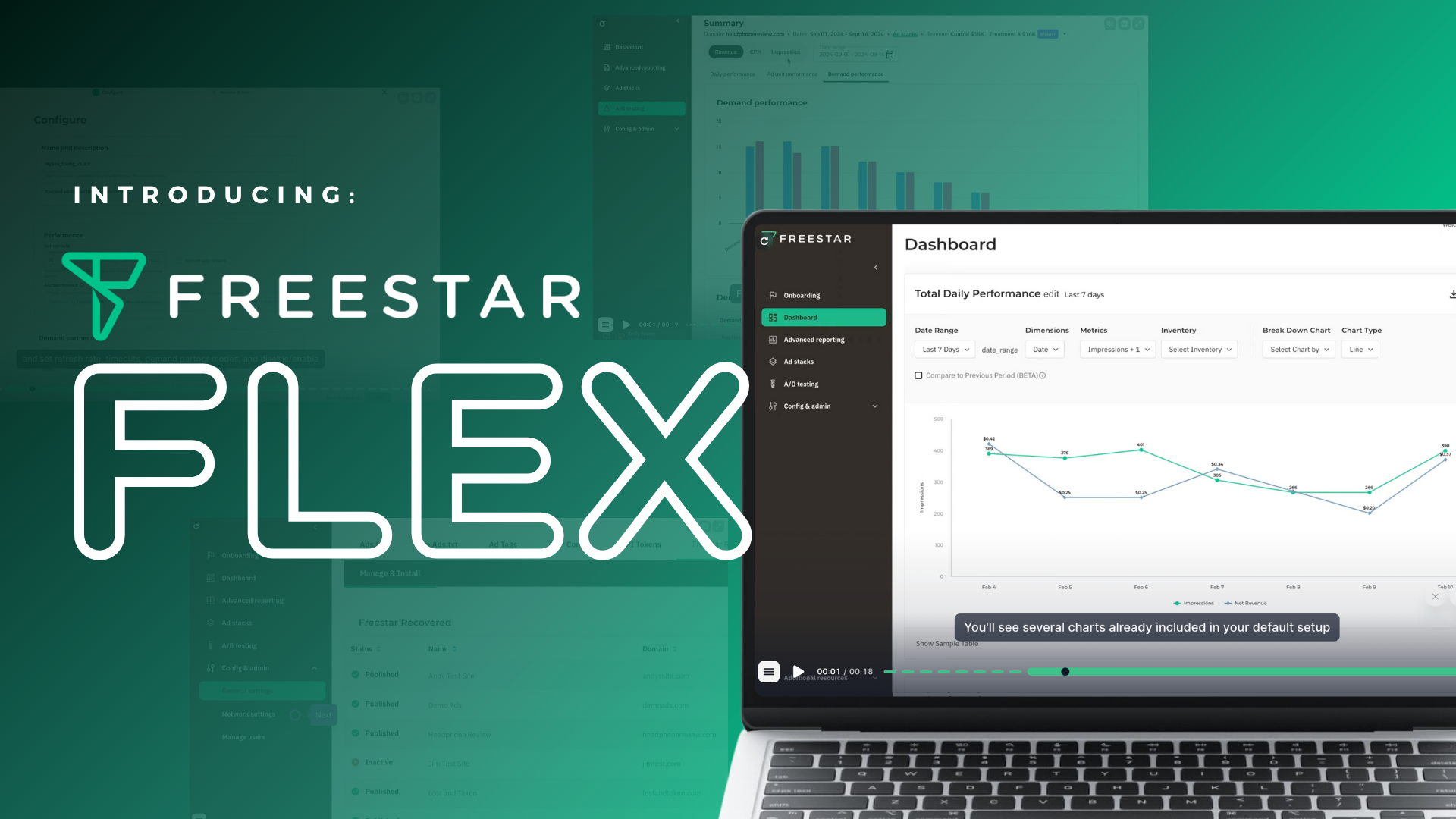User experience (UX) refers to an end user’s interaction with a brand, its products, and/or its services. For publishers, good user experience means that visitors will read a whole article, enjoy it enough to share or come back for more, and view some ads along the way. Ads must be relevant to a publisher’s audience and in particular, unobtrusive. The last thing a publisher wants is for a reader to be offended or aggravated by an ad, causing them to leave.
Ads play an important role in the experience of a website user. Ads are meant to catch a user’s attention and seamlessly flow within a webpage, but more often than not, they can be intrusive. Ad quality is an ongoing, industry-wide issue. Malicious actors, in particular, wait for opportune times to catch unsuspecting users, and their actions impact everyone in the ecosystem.
A time or two, you may have scrolled a web page and seen a bad ad. To clarify, “bad” is subjective. What one publisher considers bad may not be the same for another. A bad ad can contain anything from offensive or inappropriate content to competitive brands. At the worst end of the spectrum, bad ads may contain malicious code that hijacks a user’s browser or redirects them to questionable domains. Bad ads aren’t meant to be part of the user experience and can deter an existing or potential customer.
Overall, bad ads are bad for business. A user’s experience, particularly if it’s an unenjoyable one, can be reflective of their perception of your brand. Bad ads can scare current users away and prevent you from attracting new ones. Forget sharing or tweeting that article they just saw or even old-fashioned word-of-mouth. Ads are a revenue stream that allows publishers to offer their content without a subscription or paywall, fostering an open web, but only if they are good quality ads, contributing to a good user experience.
How Freestar Prioritizes Ad Quality
At Freestar, we know that you prioritize ad quality, and here’s what we are actively doing to protect you.
- Implementing Blocklists
Freestar offers several options for blocklists when onboarding a new site. A blocklist is a list that details what type of advertisers or ad categories a publisher does not want to appear on their site. This can be for any number of reasons but most often because of brand safety, fraud concerns and/or legal compliance.
We understand that publishers are worried that their website will be negatively impacted by the ads that appear alongside their content that don’t align with their values. Freestar offers publishers the ability to implement blocklists to prevent bad ads from being served.
- Strong Demand Relationships
Freestar has direct relationships with all of the major Supply Side Platforms (SSPs) in the industry, and we have the volume of scale to have a strong voice with these Demand partners on behalf of our publishers.
We work closely with each SSP to ensure they are serving ads only from sources that we trust and approve of. When we see unwanted ads coming from one of our SSP partners, we can escalate through our direct contacts and get timely resolution, making sure our blocklists are enforced.
- Supply-Path Optimization (SPO)
Put simply, SPO reduces the number of intermediaries involved in the ad chain and increases the level of transparency. Freestar works directly with several Demand Side Platforms (DSPs), which means that we are getting ad creatives directly from the source.
One benefit of SPO is that it reduces the chances of bad actors infiltrating the supply chain. You can look at it like a game of telephone, where a sent message is very different from the message that is eventually received. When your ad goes through multiple intermediaries, it is vulnerable to manipulation and infiltration from malicious actors. Perpetrators of bad ads often search for different entry points where they can deploy their tactics. You can improve ad quality by optimizing your demand-side to supply-side platforms and reducing the number of entry points where bad ads can enter.
- Real-Time Monitoring
Freestar partners with Confiant as part of our ad quality solution. Confiant is our defense against the fraudulent advertisers who are trying to victimize your users with phishing scams, virus downloads, and other security threats. Confiant scans ads in real-time, and if a malicious ad is detected, they prevent the ad from serving on the page—protecting both the user and the publisher. The cybersecurity team at Confiant is continually monitoring the industry and updating their blocking triggers as more threats are discovered.
Confiant also provides an extra layer of protection for our blocklists. Their real-time scanning can detect and block any brands or categories that are slipping past Freestar’s existing blocklists, and it provides us with data to see where these blocks need to be shored up.
What makes ad quality difficult for publishers is a bad actor’s persistence. Short of turning off ads, there is very little that publishers can do to prevent bad ads, unless they can find good demand sources or an ad management solution (like Freestar) to work with. What makes it hard for the ad tech industry is that bad actors are continually generating new malicious creatives, new malicious code, and serving from new domains, so that they are very hard to recognize and very hard to keep up with. As soon as one bad creative is blocked , a new one is created that will get around your blocking rules.
Freestar’s strategy for ad quality goes beyond implementing ad monitoring software. Our ad quality team at Freestar further analyzes the data from Confiant, determines where malicious ads and security threats are coming from, and uses this information to make decisions about the demand sources and creatives that we allow to serve on our platform. We also work with our demand partners to remove bad creatives from their platforms. Advertisers or buyers that cause frequent issues are blocked from our network completely. This approach creates a better experience for everyone (end users, publishers, and advertisers), because only high-quality advertisers are allowed to bid on your inventory in the first place.
Blocking low-quality buyers helps Freestar stay a step ahead of the malicious advertisers attempting to buy through these routes. It doesn’t matter if they create new campaigns—they have no access to our network. Freestar also uses this data when deciding what DSPs to form direct connections with, ensuring that we maintain high-quality demand.
Freestar takes ad quality seriously, especially how it affects the publishers we work with and their users. From SPO to monitoring and maintaining blocklists, Freestar wants to ensure we’re maximizing ad revenue and improving yield. We care about our publishers’ users because we know you rely on their readership. Advertisers benefit when they are able access your inventory without competing against bad ads. When the ad ecosystem runs efficiently, everyone’s a winner.





